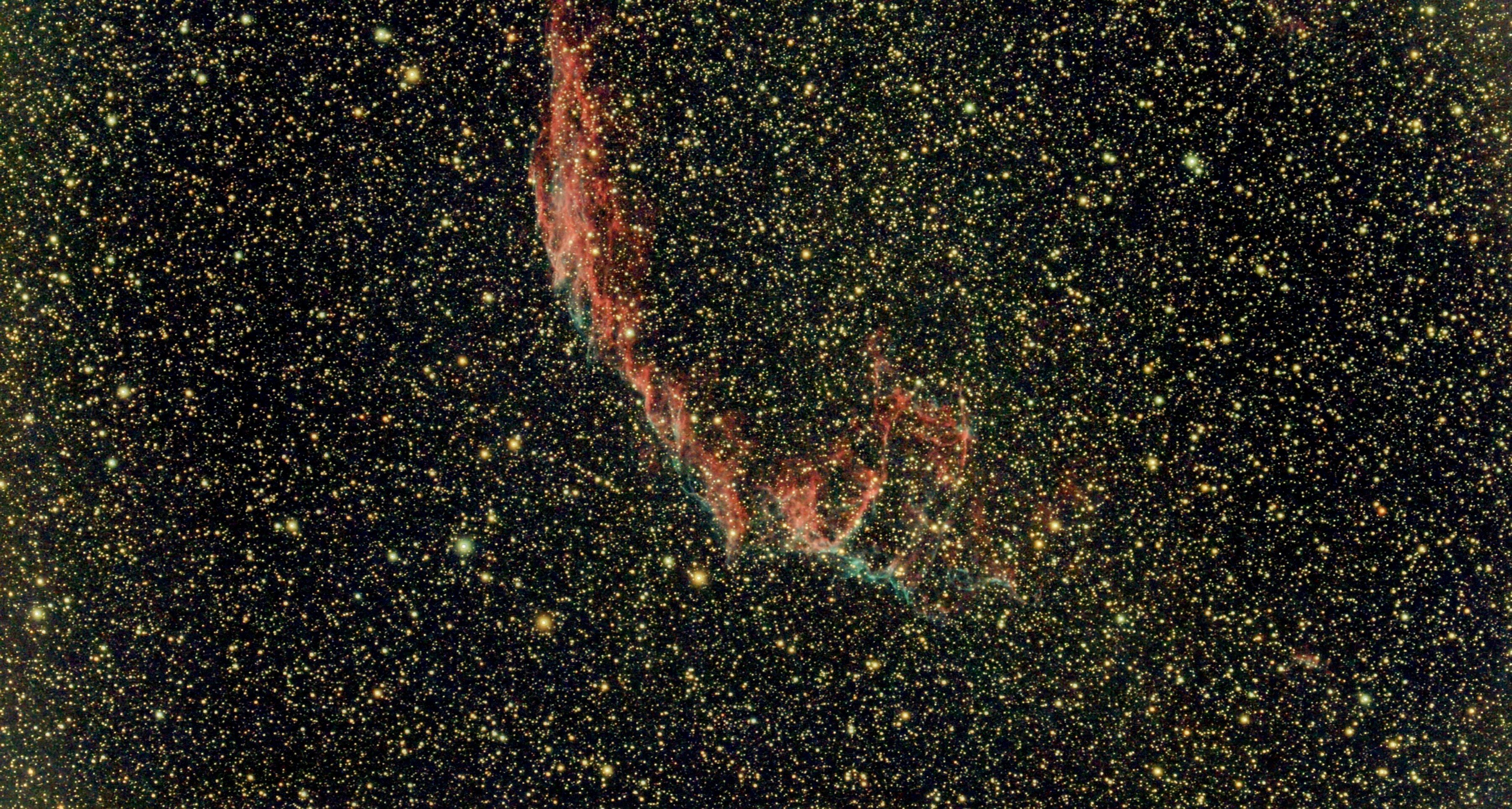I know the title is poorly worded but I can’t really think of how exactly to word the question.
I was watching a cat try to find a place to sit that wasn’t covered in snow and it made me think about how humans wipe off snow covered seats or just dirty seats in general.
Is that a uniquely human thing or are there other animals that exhibit similar behaviors?
My cat wipes the condensation off windows so she can look out.
Cats will 100% “wipe off” a place to sleep or shit or be adorable little assholes. If something is in their way, they will move it out of the way. Same with brushing dirt/dust/litter out of the way
Snow is a special case because it is cold and wet. Moving the snow out of the way will still leave them with a cold and wet place to sleep.
I’ve seen them play with small objects or push things off counters but never seen them fully clean an area of small particles.
Maybe I just never really paid attention ¯\_(ツ)_/¯
To add the opposite of this, cats do cover up their feces in the wild very well, and housecats will in a litterbox too instinctually. To hide their scent so they don’t get eaten.
It’s all about needs. Humans became the top of the food chain and stopped needing as much, so we started doing other things. Also in the wild if there’s wind then there won’t be as much on things, dust really only starts to gather once walls are built (or in caves I suppose.)
I mean, most humans aren’t going to fully clean off all the small particles. Brush enough so that they aren’t in the way/aren’t immediately visible and move on with life.
Dogs get ready for bed by clearing their sleeping area or arranging to their liking.
Pigs decorate their bed with flowers.
I couldn’t think of something right away, but this might fit
White spotted puffer fish build mandalas in the sand, for courtship reasons
https://m.youtube.com/watch?v=nKyv4ef0Xzw
I’d also look into orangutans. I don’t know for sure, but they seem to learn and mimic human behaviour quite a bit. So even if they didn’t do so by themselves, they may copy the person in pushing snow away
not gonna lie I thought this was gonna be about shit
low key got upset he didn’t use “pooply worded”
maybe Birds of Paradise
They carefully weed, groom, and remove any debris from their courtship grounds to ensure a spotless area for their performances. This ensures that the females are not distracted by dirt and debris, allowing the males to show off their dazzling colors and elaborate dances without interruption.
This guy BBC Earths
That’s actually pretty interesting. I’ve heard of birds setting up areas for courtship but never really saw it as cleaning.
Have to wonder how many dances end with the female being like “your performance was excellent but, unfortunately, you missed a spot.”
Deer will “scrape” a patch of dirt clear of leaves, sticks, and snow, and then use several types of scent markers to mark the area.
It’s a minor misconception that they use this area to sleep; they don’t scrape their beds.
it’s because of clothes. All animals wearing clothes will do this.
My dog would like a word.
Edit: And that word is Taylor Swifting.
That would double it’s vocabulary.
Then we can finally find out what he’s been trying to say!
“Rough what, boy? Rough what!?”
“Chewy?”
I’ve seen a video of an orangutan wiping stuff off with a cloth.
That would likely be emulation instead of a natural behavioral trait. Orangutan textile technology is not sufficient to develop towels suitable for cleaning.
Depends on how you define cleaning or wiping. Few animals can actually wipe stuff, but some exhibit cleaning of one sort or another. I’m going to remove self-cleaning and grooming out of the list. You mean cleaning objects or their environment.
The already mentioned raccoon is one example but with food only. If you accept that, then Ibises have also been seen washing toxic frogs before eating them to remove the skin toxins.
I’m half hearted about the bird of paradise example, since that’s a mating visual display only… But hey, many birds actually clean the interior of their nests. They pick up their chicks droppings and toss them out. It’s not wiping or brushing but it surely is cleaning for the sake of hygiene.
Spiders remove debris from their webs, does that count?
I’ve never seen cats or dogs brush or wipe stuff away either. Cats may toss or brush away things out of boredom, curiosity or simply to reach whatever is underneath provided it’s a few particles and not really digging.
For cleaning like humans do, my money would be on the monkeys though, personally, I haven’t seen or heard much about that happening spontaneously in wild or feral monkeys.
some dogs absolutely “clean” their bed before laying down
my cat “dig” the place they want to sit on. i saw a monkey “wipe” the place it want to sit on
Raccoons wash things. Does that count?
Edit: Forgot dogs. Dogs wipe their ass. Usually on the carpet.
Bowerbirds will furiously clean their patch of forest floor and also decorate their nest with certain colors or shapes they like. And they aren’t the only birds to do so, either! A lot of creatures have habits or gestures that would seem oddly ‘human’ if caught on camera. Wolves are one of my favorite species, but they are remarkably intelligent, so much so that it’s almost a bit eerie. Sometimes, they seem just as human as us.

This book talks about the wolves of Yellowstone after they were reintroduced, and it’s not a dry retelling. If you ever read Warriors as a kid, this is kinda like that, but from human observations. And it’s all very recent, taking place in the 10s. Everyone who has read it has raved about it.
“Wipe” is a bit of a stretch and a bit specific when it comes to animal behavior, but many animals do clean their food or clean their living quarters in a variety of ways.
In addition to the other examples already given, I’ll toss Eusocial Insects into the ring. This includes groups like bees and ants that live collectively in colonies. For example, honeybees will clean their colony’s comb to keep it free of debris. Leaf cutter ants depend on a specific type of fungus that they cultivate for food, and they spend a lot of effort keeping their farmed good nice and sanitary.











